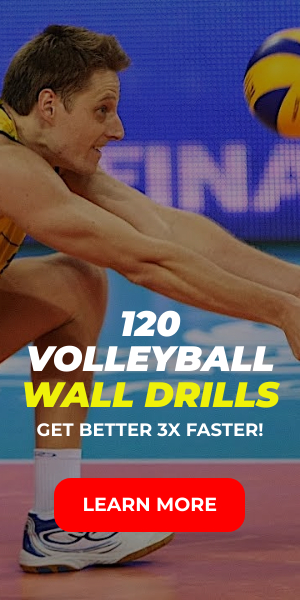I was reading and listening recently on the possibility of more changes in the rules of volleyball. I wonder: Is the modern volleyball in a real need of changes? Is it the right time for do such changes? Could these possible changes attract new fans to the game thanks to the new rules? These and other questions “dance” in my head when I hear or read such offers on changes.
In my opinion, FIVB is interested mostly in two things aiming for these changes – firstly to strive for television time and secondly to extend rallies (the second will create more excitement to the game) .
To my taste, volleyball and baseball are more attractive because they are not ruled by time. Basketball, soccer and other sports that are time regulated lead us the fact that the time limit defines the result long before completing this time.
Back on volleyball, first let’s have a look at what are the proposed changes and you’ll notice that some of them are related to changes that have been made. The jump serve and back row attack.
- * Require servers to land behind the end line
- * Back row attackers must land behind the 3-meter or 10-foot line
- * Eliminate open-hand tip
- * Eliminate overhead serve receive serve
- * Penalties for a missed serve
- * Free substitution – any player can sub for any player at any time
- * Any contact with the center line is a violation
- * Decrease the number of points per set
- * Space between playing court and fans (Now aproved by FIVB)
- * Two point Service Ace
Some taken from: http://www.theartofcoachingvolleyball.com/volleyball-rules-some-need-changing-some-dont/
In the ‘ 80s, the reception systems presented in the male volleyball a stable element, with a unanimous scheme of two receivers. However, the gradual introduction of the jump serve in the decade of the 90 meant changes in the receiving systems, which has led to use systems with three and up to four receivers. The efficiency that the male volleyball presented at the serve reception in the decade of the 80 has been disrupted because the jump serve has increased its value.
In the World Championship of 1994, there was a greater use of the Jump serve, which meant an increase of 20% in these toppers in relation to the Olympic Games in Barcelona in 1992. According to the official statistics of the FIVB, 15 of the 20 best servers used the jump serve.
This circumstance has given place that the game was simplified significantly at the World Championships in 1994, since there were less complex situations in the attack and a greater proportion of high placements by setters, as well as a greater use of sets placements to back row attack in not optimal circumstances. All this indicates that the attack combinations tend to be simplified.
Taken from: http://www.efdeportes.com/efd42/voley.htm
In my opinion changes already made in previous years have been effective and others simply failed and had to be reversed.
Here I presented some important rules that have been part of the transformation of the volleyball at the global level, and you can add more:
|
Impact Staying Rule Changes |
Overturned Rule Changes |
Rule Changes in the Air |
|
Rally Point System (1998) |
Overhead receive serve (2012) |
Two point direct serve ace |
|
Libero Player (1998) |
Contact with the net (2009-2014) |
Require servers to land behind the end line |
|
Two Libero player in game |
Any contact with the center line is a violation. |
Back row attackers must land behind the 3-meter or 10-foot line |
|
Colors of the Ball, from white to… |
Center line violation (2009-2014) |
Eliminate open-hand tip |
|
Contact with the lowest part of the body (1994) |
Block service (1980’s) |
Penalties for a missed serve |
|
Three touch after block (1960’s) |
|
Free substitution |
|
Overhead receive serve (1995) |
|
Decrease the number of points per set |
|
Extension to 9 meters serve zone (1994) |
|
|
|
One Serve attempt on throw |
|
|
|
Free Serve on ball touch net |
|
|
|
No double contact o first touch (1994) |
|
|
All sports including Volleyball make changes to develop, but the continuous reverse of these changes may cause confusion on fans and that’s not good for sport. Keep it simple!!!





